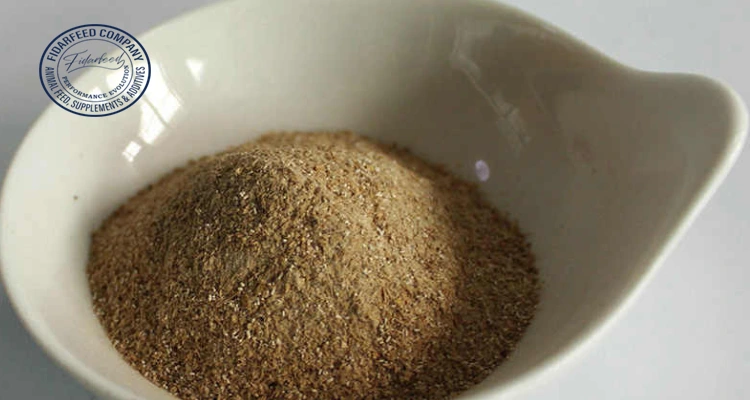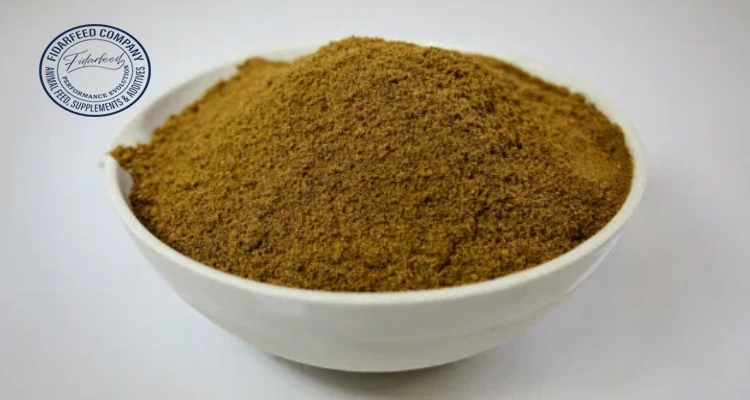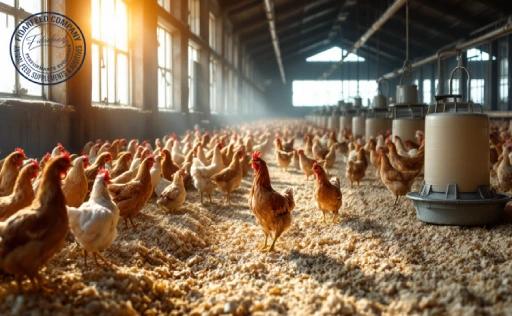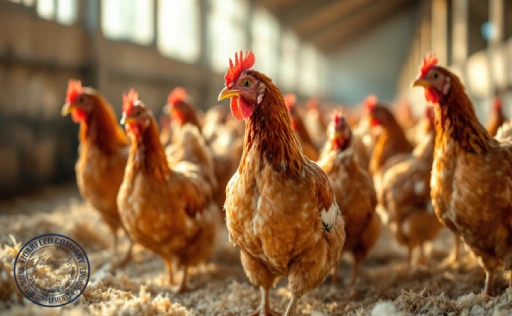What is Animal Meal and Why Should Breeders Care?
Animal meal is a nutrient-rich feed ingredient derived from processed animal by-products. It’s widely used in livestock and poultry nutrition due to its high protein content and cost-efficiency. Whether you’re managing poultry, cattle, sheep, or fish, gaining a solid understanding of this feed component can make a real difference in your animals’ growth and overall farm productivity. In this guide, we’ll explore its composition, types, safety, and practical applications to help you make informed feeding decisions.
Breaking Down the Composition of Protein meal from animals
Animal meal is derived from the processed remains of animals, primarily those not suitable for human consumption. These include tissues, bones, organs, and blood from slaughterhouses.
Learn more about: Processed Meat Meal
The raw materials are rendered—a process that uses heat and pressure to sterilize and dry them—resulting in a concentrated powder rich in protein, fats, and essential minerals. Depending on the specific type, animal meals can contain 45% to 70% protein.

Different Types of Animal Meal You Should Know
There isn’t just one type of Protein meal from animals. Understanding the different variants can help breeders choose the most appropriate one for their livestock:
- Meat Meal: Made from the soft tissues of animals, including muscle, fat, and organs. It is rich in protein and amino acids essential for growth.
- Bone Meal: As the name implies, this meal is ground bone, providing a high source of calcium and phosphorus—vital for skeletal development.
Learn more about: Optimizing Poultry Diets: Processed Meat Meal in Animal Feed for Enhanced Protein
- Blood Meal: Extremely high in protein (up to 80%), blood meal is excellent for boosting the protein content in feeds.
- Feather Meal: Made from hydrolyzed feathers, it’s rich in keratin-based protein but should be used alongside other protein sources for balance.
Each type has its unique nutritional profile and ideal use cases, depending on the animal species and developmental stage.
How Protein meal from animals Benefits Livestock and Poultry Nutrition
Animal meal is highly digestible and packed with nutrients. For example, broiler chickens benefit from the balanced amino acid profile of meat meal, which supports rapid growth and muscle development. In dairy cattle, the use of blood meal can boost milk production by supplying extra protein during lactation.
Learn more about: Meat Meal vs. Soybean Meal: Unlocking Superior Nutritional Benefits for Broiler Chicks
Moreover, animal meal contains natural fats, which not only serve as an energy source but also improve feed palatability. Animals are more likely to consume feeds that smell and taste appealing—leading to better intake and growth rates.

Common Uses of Animal Meal on Farms
Animal meals are typically used in compound feed formulations. Here are some practical applications:
- Poultry Feed: Meat and blood meals are common ingredients in broiler and layer rations.
- Aquaculture Feed: Fish benefit from animal meal’s protein density, especially in early stages.
Learn more about: Boost Your Poultry’s Growth with Sustainable, High-Quality Processed Meat Meal
- Swine Feed: Bone meal provides pigs with vital minerals during growth.
- Ruminant Feed: While regulations vary, certain processed Meat-based meal are allowed in ruminant diets to enhance protein levels.
Farmers blend protein meal from animals with other feed ingredients to create a complete nutritional profile tailored to each animal species.
Is Animal Meal Safe? Quality, Regulations, and Myths
Many breeders worry about the safety of animal meal. The truth is, when properly processed and sourced, it is both safe and beneficial. Rendering—the method used to produce animal meal—destroys harmful pathogens through intense heat and pressure. Furthermore, most countries have stringent guidelines for production, storage, and usage.
Learn more about: Meat Meal in Animal Feed: What It Is, How It’s Made, and Why It Matters
Many believe that meat-based meal causes disease or contains unhealthy materials. But certified producers follow strict protocols and use only safe, approved by-products. As always, purchasing from reputable suppliers and checking certifications is key.

Comparing Animal Meal with Plant-Based Alternatives
While plant-based proteins like soybean meal are widely used, they don’t always match the amino acid richness of animal meal. For example, lysine and methionine—critical amino acids—are often lower in plant-based meals. Protein meal from animals fills that gap effectively.
Learn more about: Meat and Bone Meal for Poultry: Affordable Alternative to Soybean Meal
However, it’s not an either-or choice. Many feed formulations combine plant and animal proteins to strike a balance between cost and nutrition. Plant proteins are more sustainable in the long term, but Meat-based meal delivers immediate nutritional benefits that many breeders can’t ignore.
Best Practices for Using Animal Meal in Feed Rations
To get the most from animal meal, use it as part of a balanced feed plan. Here are a few best practices:
- Start with Small Inclusions: Especially if introducing for the first time. Gradual inclusion helps monitor animal response.
- Consult a Nutritionist: Different species and life stages need different feed ratios. Professional advice prevents under or overfeeding.
- Store Properly: Keep in dry, cool, and well-ventilated areas to avoid spoilage.
- Monitor Animal Performance: Track growth, feed intake, and health indicators regularly.
Consistency is key. When used wisely, animal meal can become a reliable part of your feeding strategy.

Final Thoughts: Making the Most of Animal Meal on Your Farm
Animal meal isn’t just another feed ingredient—it’s a powerful tool for breeders aiming to improve growth, productivity, and feed efficiency. By understanding its types, benefits, and proper application, you can make informed decisions that support the long-term health and performance of your animals.
Have thoughts or questions about animal meal? Share them in the comments below. Your experiences can help others in the animal breeding community make smarter feeding choices.




